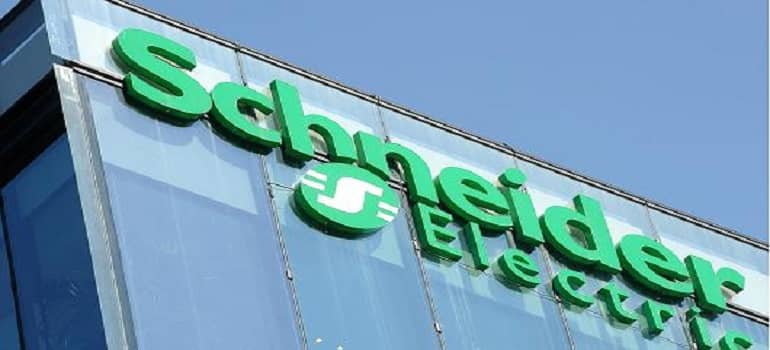
Schneider Electric announced an agreement to design and build a microgrid within critical buildings in the City of Milford, Connecticut.
The technology will offer power resiliency during inclement weather, at a time when the US Department of Energy’s 2017 Grid Reliability Study includes microgrids as a way to provide necessary resilience.
Hurricanes Harvey, Irma, and Sandy offered municipalities a reminder of the importance of installing resilient power in critical facilities. This agreement will enable Schneider Electric to design and build a microgrid that performs on multiple levels.
The microgrid will operate during grid outages, providing a resilient power supply to structures within the City of Milford that are crucial for public safety, health, and emergency response, as well as providing safe refuge during superstorms. In addition, the microgrid will provide the town hard dollar cost savings and more sustainable energy usage.
“More and more, we’re seeing the negative impacts of 500-year storms on entire regions. The unprecedented nature of these storms is causing municipalities to come to grips with the need to offer resilient power and a shelter, and microgrids that operate independently in the event of a grid outage are critical to reduce those impacts,” said Mark Feasel, Vice President, Utility Segment, Smart Grid & Microgrid, Schneider Electric. “This microgrid will offer Milfordresidents peace of mind, knowing that their schools, senior centers, and government buildings will be powered by a more resilient source of energy.”
In addition to providing the City of Milford with a resilient power supply, the microgrid will also offer Milford cost savings by reducing electricity consumption at four city buildings and heating fuel consumption at the Parsons Government Center, while allowing the city to use Virtual Net Metering Credits to reduce electricity costs at its other facilities. These reductions will help Milford achieve net savings on energy costs annually.
With financing provided by a highly efficient Tax Exempt Lease Purchase (TELP), the city can take advantage of much lower cost of capital than a typical power purchase agreement, retaining more of its cost savings from the microgrid.
Schneider Electric’s new microgrid in Milford will power five critical facilities within the town, including a middle school, the senior center, River Park Elderly Apartments, the Parsons Government Center, and City Hall. The middle school, Parsons, and the senior center will be available as shelters for Milford residents when power outages occur.
The microgrid will be powered by a clean and efficient combined heat and power system, which generates electricity and heat more efficiently than traditional generation. The microgrid will be solar-ready, with infrastructure installed so that solar PV panels may be added in the future for additional cost savings and sustainability, and will use a battery energy storage system to reduce peak power consumption from the local energy grid. These solutions will combine to make Milford’s energy consumption more sustainable.
The City of Milford received a grant from the Department of Energy & Environmental Protection (DEEP) to provide funding for design, engineering, and connecting the buildings with underground cables. The City of Milford will fund a generator that will supply heat and power, in addition to the battery energy storage system, while Schneider Electric will offer its microgrid design expertise and electrical equipment.
ALSO READ:
Rajasthan deploys ABB technology for clean solar power generation
What Solar Industry said on President Donald Trump’s Announcement of Solar Tariffs?
University of New South Wales, Australia goes 100 percent solar

